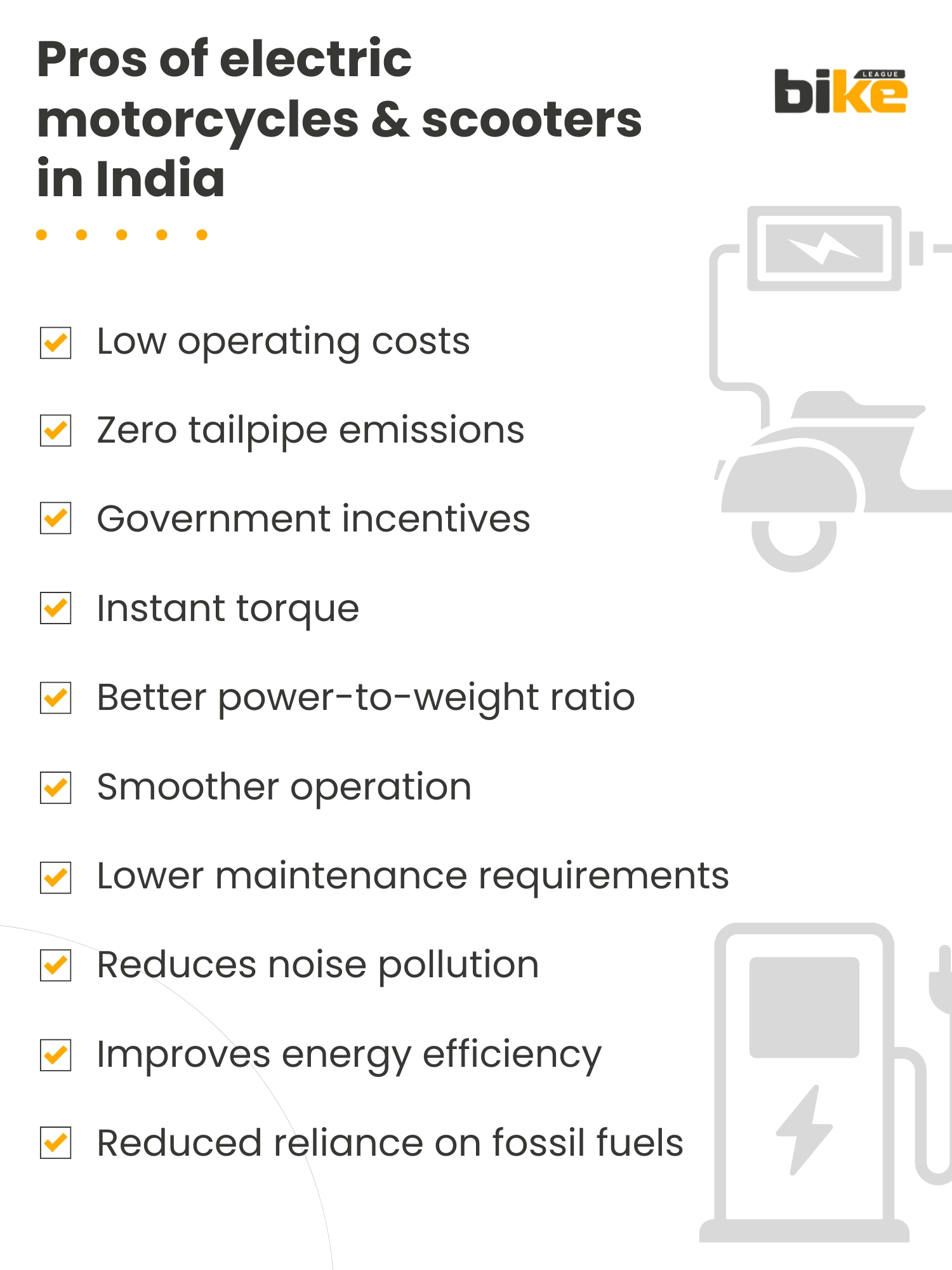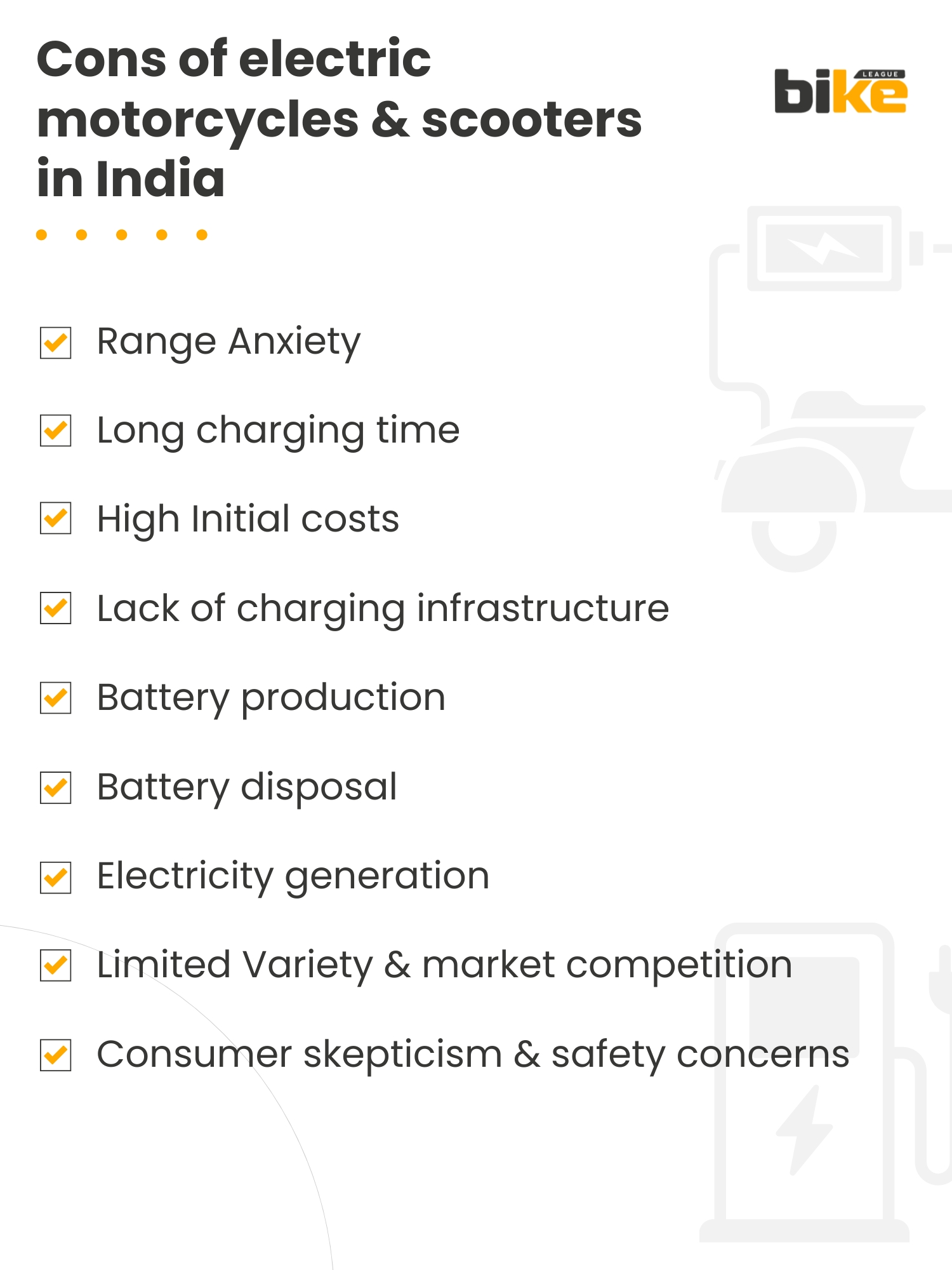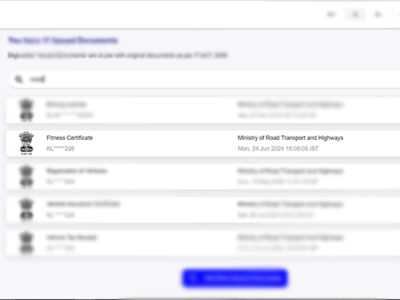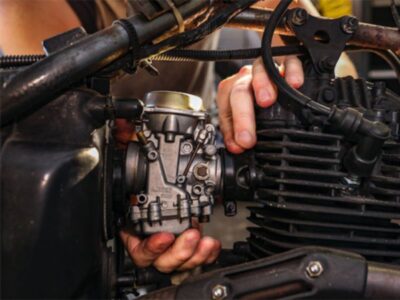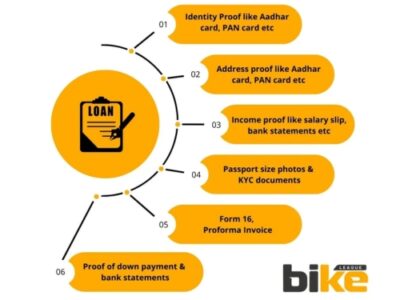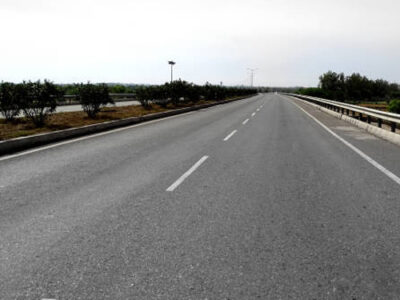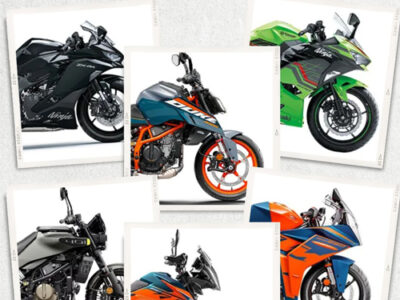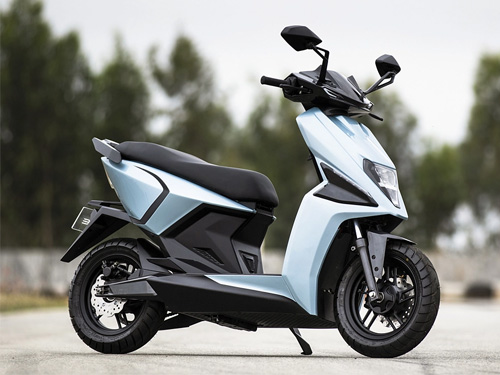
|
Getting your Trinity Audio player ready...
|
Discover the pros and cons of electric motorcycles & scooters in India and make an informed choice for a greener and more efficient ride with e-bikes.
Times have changed so much faster after the COVID-19 pandemic, and the growth of electric motorcycles and scooters worldwide witnessed a surge. In 2022, electric motorcycle sales increased by 54% worldwide. So, is it time to switch to an electric bike? Whatever the technology, it all has its pros and cons. So, what are the pros and cons of electric motorcycles? It’s time to find out.
Pros of electric motorcycles & scooters in India
1. Low operating costs
The cost of electricity in India is much lower than the cost of gasoline. For example, the average price of electricity in India is around ₹6 per unit, while the average price of petrol is around ₹100 per litre. This means that electric bikes can save riders significant money on fuel costs.
E- bikes in india also require less maintenance than gasoline-powered motorcycles. Because electric motorcycles or scooters have fewer moving parts and do not require oil changes, they can save riders even more money on maintenance costs.
2. Zero tailpipe emissions
Tailpipe emissions are the gases emitted from a gasoline-powered vehicle’s exhaust pipe. These emissions include carbon monoxide, nitrogen oxides, and particulate matter. These emissions can contribute to air pollution, which can have several adverse health impacts, including respiratory problems, heart disease, and cancer.
E- bikes in india do not produce tailpipe emissions because they are powered by electricity, not gasoline. they can help improve air quality and reduce the negative health impacts of air pollution.
3. Government incentives
The Indian government is offering several incentives to promote the adoption of electric vehicles, including:
- Subsidies on purchase price: The Indian government offers grants of up to ₹15,000 on the purchase price of electric bikes.
- Exemption from road tax and registration fees: Electric bikes are exempt from road tax and registration fees in India.
These incentives can help to offset the higher upfront cost of electric bikes and make them more affordable for Indian consumers.
4. Instant torque
Electric motorcycles’ most significant performance advantage over petrol motorcycles is instant torque. They can produce maximum torque from 0 RPM, while petrol engines need to rev up to deliver peak torque. Electric motorcycles can accelerate much faster than petrol, especially from a standstill.
For example, the Harley-Davidson LiveWire can accelerate from 0 to 60 mph in 3 seconds. These times are comparable to the fastest petrol-powered supercars.
Instant torque also gives electric motorcycles an advantage in roll-on acceleration. This is the ability to accelerate from a cruising speed quickly. For example, an electric bike can soon overtake a petrol motorcycle on the highway without shifting gears.
5. Better power-to-weight ratio
Another performance advantage of electric motorcycles is their better power-to-weight ratio. Electric motors are much lighter than petrol engines, which gives electric motorcycles a significant weight advantage.
For example, the Zero SR/S electric motorcycle weighs 485 pounds, while the comparable Ducati Multistrada V4S weighs 573 pounds. This weight difference gives the Zero SR/S a significant acceleration, handling, and braking advantage.
6. Smoother operation
Electric motors have no moving parts, which makes them much smoother and quieter to operate than petrol engines. This can make electric motorcycles more enjoyable, especially in urban traffic. Electric motorcycles also have a lower centre of gravity than petrol motorcycles due to the weight of the batteries being located low in the frame. This gives electric motorcycles better handling and stability.
7. Lower maintenance requirements
Electric motors have far fewer moving parts than petrol engines, which means that they require less maintenance. Electric motorcycles do not need oil changes, air filter replacements, or spark plug replacements. This can save electric motorcycle owners a significant amount of money and time throughout the motorcycle’s lifespan.
8. Reduces noise pollution
Noise pollution is excessive noise produced by human activities. It can have several negative impacts, including hearing loss, tinnitus, stress, and sleep deprivation. Gasoline-powered motorcycles can be very noisy, as the gasoline engine and exhaust system produce a lot of noise.
Electric motorcycles, on the other hand, are much quieter. This is because electric motors do not have the same level of noise as gasoline engines. By using electric motorcycles, we can help to reduce noise pollution and improve public health.
9. Improves energy efficiency
Gasoline-powered motorcycles are very inefficient. This is because they only convert about 20-30% of the energy in gasoline into mechanical energy. The rest of the power is lost as heat. Electric motorcycles are much more efficient than gasoline-powered motorcycles. This is because they convert about 80-90% of the energy in electricity into mechanical energy. Electric motorcycles can produce more miles per unit of energy than gasoline-powered motorcycles. Improved energy efficiency can help to reduce greenhouse gas emissions and conserve energy resources.
10. Reduced reliance on fossil fuels
Fossil fuels are finite, and their combustion contributes to climate change. Electric motorcycles do not require gasoline, which means they help to reduce our reliance on fossil fuels. Using electric motorcycles can help protect the environment and reduce our impact on climate change. Climate change is a severe issue facing humankind, requiring serious intervention and proactive steps.
Cons of electric motorcycles & scooters in India
1. Range Anxiety:electric motorcycles in india
One of the primary concerns for electric scooter users is range anxiety, which refers to the fear of running out of battery power before reaching a charging station. Despite advancements in battery technology, the limited range per charge remains a significant issue, especially for long-distance travel.
2. Long charging time-electric motorcycles in india
Charging an electric motorcycle battery can take several hours, especially using a standard charger. However, fast chargers can charge an electric motorcycle battery in as little as 30 minutes. However, the problem with fast chargers is that they reduce the battery’s lifespan and should be used only in emergencies.
3. High Initial Costs
The upfront purchase price of electric scooters and motorcycles is typically higher than that of their petrol counterparts. This affordability hurdle can deter potential buyers despite the lower running costs.
4. Lack of charging infrastructure
The lack of adequate charging infrastructure is a significant barrier to India’s widespread adoption of electric scooters. This issue is particularly pronounced in smaller towns and rural areas, where charging stations are scarce.
5. Battery production-electric motorcycles in india
Lithium-ion batteries used in electric motorcycles can have a negative environmental impact. Mining lithium and cobalt, two critical components of lithium-ion batteries, can be environmentally harmful. However, the environmental impact of battery production decreases as new and more sustainable mining and battery manufacturing processes are developed.
6. Battery disposal
The disposal of electric motorcycle batteries is a growing environmental concern. These batteries comprise lithium-ion cells containing many hazardous materials, including heavy metals and toxic chemicals. If not disposed of properly, they can release these pollutants into the environment, contaminating the soil and groundwater.
There are many challenges associated with the disposal of electric motorcycle batteries:
- The batteries are very heavy and bulky, making them difficult to transport.
- The batteries contain hazardous materials requiring special handling and disposal procedures.
- Few facilities are equipped to recycle electric motorcycle batteries.
Because of these challenges, many electric motorcycle batteries are disposed of in landfills, where they can pose a serious environmental hazard.
7. Electricity generation-electric motorcycles in india
The electricity used to charge electric motorcycles is generated from various sources, including coal, natural gas, nuclear power, and renewable energy sources. If electricity is generated from fossil fuels, it will contribute to greenhouse gas emissions.
However, the electricity grid is becoming increasingly decarbonized as more renewable energy sources are added. Electric motorcycle riders can also charge their motorcycles using renewable energy sources, such as solar or wind power.
8. Limited Variety & Market Competition:electric motorcycles in india
The variety of electric two-wheelers available in India is still limited compared to petrol options, which can restrict consumer choice. Furthermore, intensifying competition among manufacturers can impact pricing and innovation, potentially affecting the market dynamics.
9. Consumer Skepticism and Safety Concerns
There is consumer scepticism regarding the safety and reliability of electric two-wheelers. Concerns about vehicle safety, battery life, and the lack of charging infrastructure could hinder market penetration.
FAQ about pros and cons of electric motorcycles & scooters in India
1. What are the environmental benefits of electric scooters in India?
Electric scooters are eco-friendly as they produce zero emissions, significantly improving air quality and reducing noise pollution in urban areas. This makes them a preferred choice for eco-conscious commuters.
2. Are electric scooters cost-effective?
Electric scooters are more fuel-efficient, leading to lower fuel expenses. They operate at a fraction of the running cost compared to internal combustion engine (ICE) vehicles, making them a cost-effective option in the long run.
3. What are the financial incentives for purchasing electric scooters in India?
The Indian government offers subsidies like the FAME II and PM E-DRIVE 2024, which reduce the purchase price of electric scooters. Tax benefits under Section 80EEB of the Income Tax Act are also available for those purchasing electric scooters on loan.
4. What are the challenges related to charging infrastructure for electric scooters?
A significant challenge is inadequate charging infrastructure, especially in smaller towns and rural areas. Charging can be a practical concern for riders, and the time required to charge is more extended than refuelling traditional scooters.
5. How does the performance of electric scooters compare to traditional scooters?
Electric scooters offer efficient mileage, top speed, braking, and pick-up comparable to their mechanical counterparts. They are also designed with rider comfort in mind, featuring ergonomic grips and shock-absorbing suspension.
6. What are the limitations of e-bikes in india in terms of range and battery life?
Electric scooters often have a limited range per charge, which may be a concern for long-distance travel. The battery life is limited, requiring replacement every few years, which can be costly.
7. Are electric scooters easy to maintain?
Electric scooters require minimal maintenance compared to conventional bikes due to their fewer mechanical parts and silent operation. This makes them easier to handle and maintain.
8. What are the safety considerations for electric scooters?
While e-bikes in india are lightweight and easy to navigate through traffic, their light body can be a disadvantage in a collision. It is also necessary to wear a helmet for safety, even for non-RTO electric scooters.
9. What are the legal requirements for riding electric scooters in India?
A valid driving license is required for high-speed electric bikes (HSEBs), which must be approved by the Automotive Research Association of India (ARAI). Low-speed e- bikes (LSEBs) in india do not require a license.
10. Can electric scooters be used in all weather conditions?
Electric scooters with waterproof batteries can be used in all weather conditions, including rain. This makes them a versatile option for year-round commuting.
Other related articles from Bikeleague India
- Motorcycle fuel – Types, things to know & take care in India
- Motorcycle battery – Different types & tips to extend life
- Ethanol blended petrol in India – Unveiling the facts
- Simple Energy
- Earth Energy EV
Conclusion
Throughout this article, we discussed the pros and cons of electric motorcycles in India. Let’s conclude by stating these factors in a nutshell. If you have any other doubts or queries, email us at bikeleague2017@gmail.com. You can also share your doubts or opinions in the comments section below. We are always eager to help and assist you. Also, here are several social media platforms of Bikeleague India to raise your suspicions.

